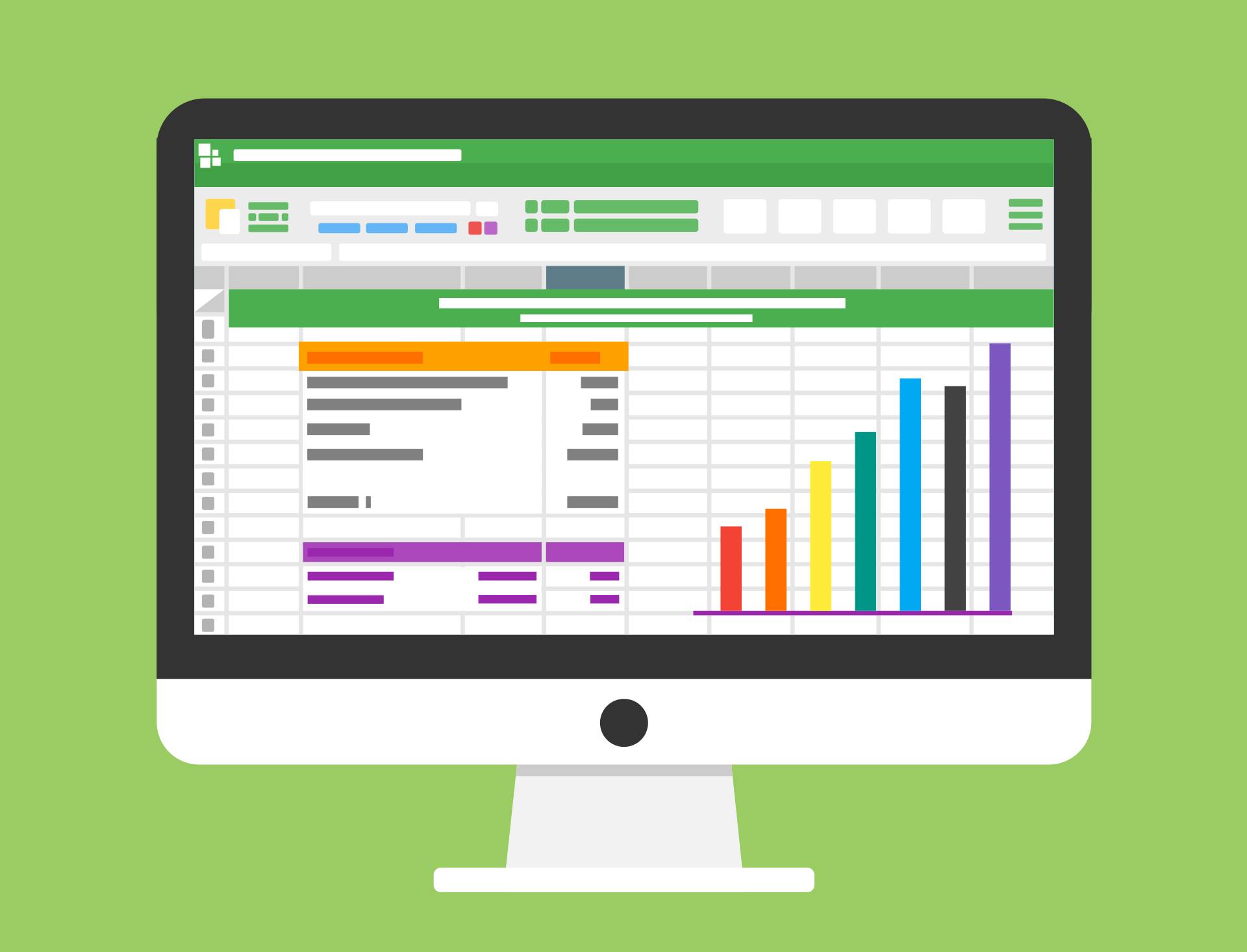Promotional products are an excellent way to advertise your business. But it can be difficult to measure the ROI of physical goods that are handed out to potential customers. It’s not as simple as measuring the ROI from an online ad that might make use of a unique website link for data gathering purposes. However, that doesn’t mean it’s impossible to measure. And once you have a system in place for measuring the ROI of your promotional products, it can help you target future promotions and make them more effective.
Return on Investment or Impression

In most cases, ROI stands for return on investment — the amount of money received due to a promotion compared to the amount of money spent on the promotion. But with promotional products, it’s difficult to measure how much money was received thanks to the specific promotion. Because of this, return on investment isn’t what you should be measuring. Instead, return on impression is better suited to the nature of promotional products.
From this point on, ROI is going to be used to refer to return on impression.
Return on Impression

ROI is an extension of the idea of cost per impression (CPI). To figure out your projected ROI, you first need to determine how much the product costs in terms of upfront costs and work costs related to the distribution of the product. Next, you’ll want to determine how many impressions you can expect from each individual product. Different product types have different expected amounts of impressions over their lifetimes. To figure this number out, you can use the Advertising Specialty Institute’s (ASI) yearly ad impression study. This study includes data for a variety of product types, including their average number of lifetime impressions.
With the expected number of lifetime impressions that your chosen promotional product will produce determined, you can then turn your attention to answering the question of what the value of an impression is. Value in this sense does not (typically) refer to monetary value. Instead, value refers to things such as the idea that it takes someone seeing your brand seven times on average before they become a customer. Using that, you could divide the number of expected impressions by seven for a rough estimate of how many new customers your promotion will produce.
Also, keep in mind that the impressions generated by your promotional products do not stop after the end of your campaign. Lifetime impressions continue to be produced as long as the products are out in the world, which can be long after your campaign has ended.
Defining Your Goal and Metrics

Determining your projected ROI is one thing, but how do you properly measure it once your promotional campaign is underway or completed? The first step is to define your goal. What are you planning to achieve with your promotional product campaign? Possible goals can include an increased number of sales, website visitors, social media followers, and more.
With your goal defined, you will then need to choose the metrics you will be using to measure your success in achieving that goal. If an increase in sales is your goal, then you may want to set up some way to determine if a customer is a repeat or first-time customer. If your goal has to do with social media, you may not only want to track new followers but also the engagement of your followers. Are your new followers sticking around? Are you seeing an increase in likes, link clicks, and other engagement to match your increase in followers? Additionally, you can set up ways to ask your new customers, visitors, or followers how they found out about your brand.
Using your goal and metrics, you can then get a general idea of how your promotional product is performing by comparing the data you gather to your initial, projected ROI. You will also want to keep all of your other promotional campaigns static during your measurement period so that you can be fairly confident that the increase in growth (or growth rate) is attributable to the promotional product campaign. And, once you have collected all of your data, you can use it to help you inform future campaigns.
Conclusion
Measuring the ROI of a promotional product campaign is not as straightforward as it is for a digital advertising campaign. However, that does not mean that promotional products are less effective or that it is impossible to measure the ROI of such campaigns. By establishing a projected ROI and defining your goals and metrics, you can effectively track the performance of your campaign.
Safeguard Premier Branding Solutions
If you are in need of a promotional product for your next campaign, contact your local Safeguard Premier Branding Solutions representative today. With thousands of products in our catalog, there’s something for every situation. And our sales representatives can help you find the right product to help you achieve your goals.

